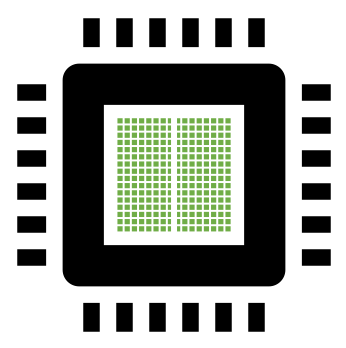Research
Publications, Patents, and Awards
Leasca, T., & DeJong, A. S. (2023). Roughness wall modeling for naval applications in CREATE(TM)-AV Kestrel as modified by NSWCCD. AIAA SCITECH 2023 Forum. https://doi.org/10.2514/6.2023-0642
Jemison, M. B., White, P. F., DeJong, A. S., Kannepalli, C., Wilson, W. M., Engel, J. B., & Starr, R. (2023). A prototype incompressible pressure-based solver for free-surface flows in CREATE(TM)-AV Kestrel. AIAA SCITECH 2023 Forum. https://doi.org/10.2514/6.2023-0643
ASME Fluid Engineering Division’s Robert T Knapp 2020 Award. Outstanding original paper resulting directly from analytical or laboratory research. Recieved for Aram & DeJong (2018).
Aram, S, & DeJong, A. Numerical Comparison Between Steady and Sweeping Jets for Active Flow Control Applications. Proceedings of the ASME 2018 5th Joint US-European Fluids Engineering Division Summer Meeting. Volume 1: Flow Manipulation and Active Control. Montreal, Quebec, Canada. July 15–20, 2018. V001T01A002. ASME. https://doi.org/10.1115/FEDSM2018-83083
DeJong, A., & Liang, C. (2014). Parallel Spectral Difference Method for predicting 3D vortex-induced vibrations. Computers & Fluids, 98, 17–26. https://doi.org/10.1016/j.compfluid.2014.03.016
Best Presentation Award, 2014 Grad-Student and Post-Doc Showcase Symposium,
University of Maryland.
DeJong, A., & Liang, C. (2013). Massively Parallel 3D spectral difference solver for simulating vortex-induced vibrations of circular cylinders. 21st AIAA Computational Fluid Dynamics Conference. AIAA 2013-2455. https://doi.org/10.2514/6.2013-2455
Diskint, Spinella-Mamo, DeJong, Tejada, and Keating. Medical flow rate monitor
and method of use. WO2013138537. Filed 2013-03-14. Granted 2013-09-19.
Liang, C., & DeJong, A. (2012). Massively Parallel Spectral Difference Solver for simulating vortex-induced vibrations of circular cylinders. Proceedings of the ASME 2012 International Mechanical Engineering Congress and Exposition. Volume 6: Energy, Parts A and B, 1807–1815. https://doi.org/10.1115/imece2012-93334
Research Interests
Overset Grids
Eliminating the gridding bottleneck by isolating individual bodies onto overlapping grids. Simplifying the gridding process and making automated gridding tractable by reducing geometric complexity of each component grid. High order, shock preserving interpolation methods transfer field variables between each component grid while coupling or monolithic matrix manipulation ensures reliable convergence to the correct solution.


High Performance Computing
Solving bigger problems, faster than ever before. Bringing high-fidelity computations into the design space by optimizing software to leverage the latest architectures and libraries. Automating massively parallel, high performance computing to simplify the end user's workflow, providing better and more meaningful results.
Fluid-Structure Interaction
Blurring the boundary between structural and fluid dynamics with coupled or monolithic solvers. Adaptive grid refinement, automated mesh deformation, and moving overset grids enables the structural dynamics to respond instantaneously with the fluid forces. From alternative energy sources to advanced bio-inspired flying machines, harnessing the interaction between solid and fluid dynamics opens up new design possibilities.

© 2023 Andrew DeJong